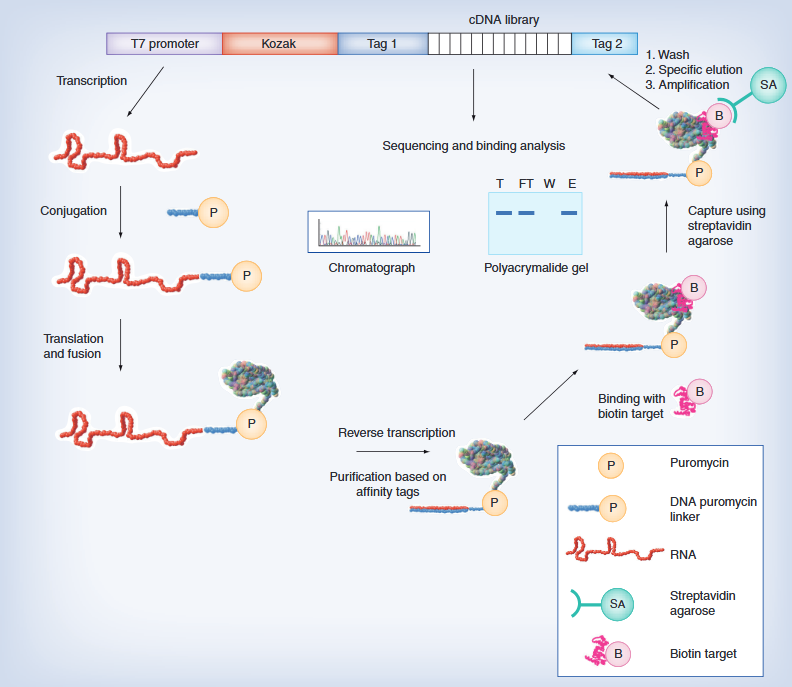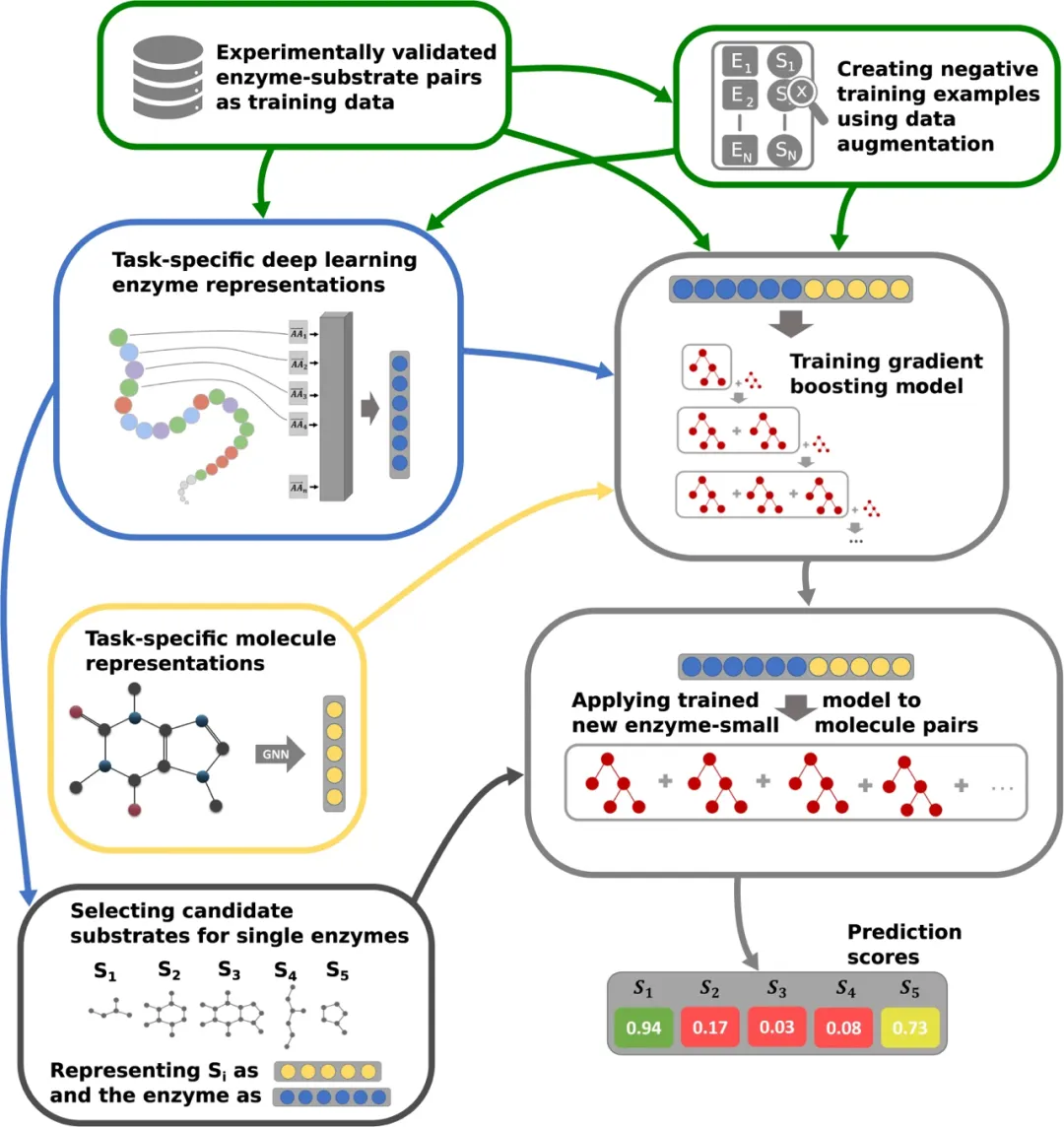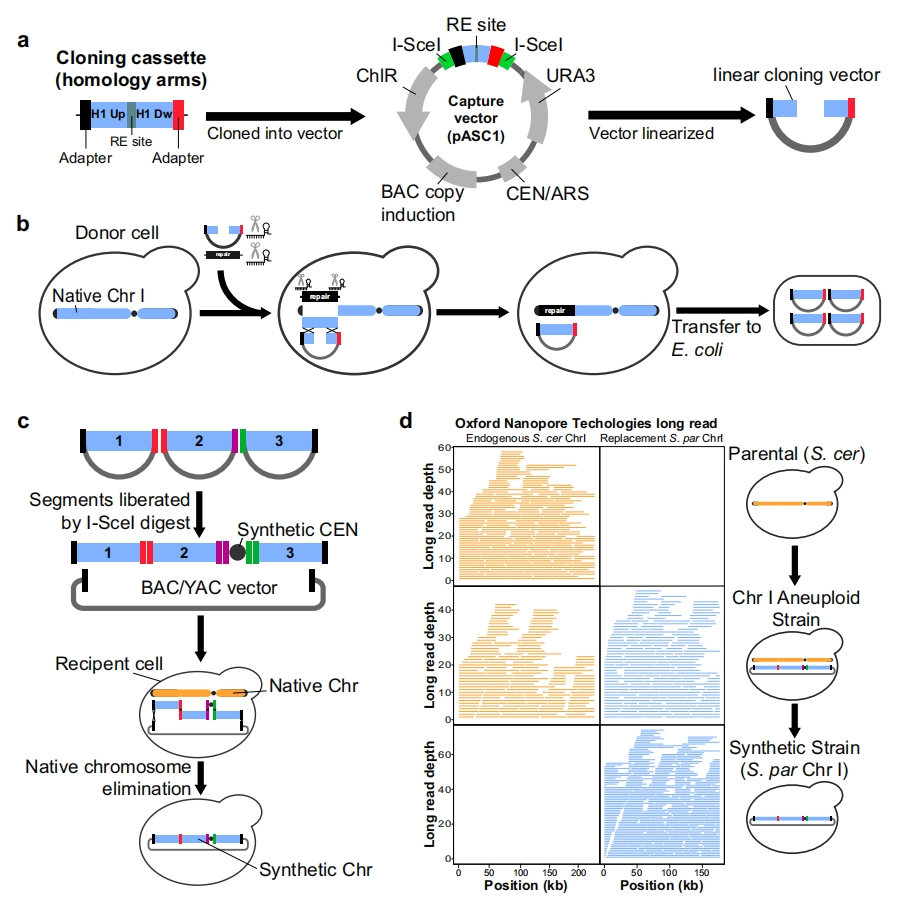Since the 1990s, the lotion of triterpene squalene ((6E, 10E, 14E, 18E) -2,6,10,15,19,23-hexamethyl-tetraeicosane -2,6,10,14,18,22-hexene, CAS 111-02-4) has been used as an adjuvant of influenza vaccine. Other indications such as tuberculosis, malaria, schistosomiasis and leishmaniasis are being evaluated clinically. Except for aluminum oxide salts, squalene based emulsions are the most commonly used vaccine adjuvants in licensed protein based or inactivated virus vaccines.
Traditionally, shark liver oil, overfishing of sharks, and the subsequent decrease in marine shark populations have led to sustainability issues with vaccine adjuvant grade squalene. The use of synthetic biology to synthesize squalene is considered a promising alternative pathway, but the product yield is low and there are many by-products, making it difficult to scale up industrially, especially the pathway that leads to a large number of double bond isomers of squalene, which requires extensive purification to meet the required purity standards.
To this end, Amyris researchers have developed a method for semi biosynthesis of vaccine grade squalene, which can be synthesized in kilogram scale GMP. According to their published paper, the product meets current EU pharmacopoeia standards and reports data proving that this semi biosynthetic squalene has physical stability and biological activity when used in vaccine adjuvant formulations.

Research contents
Amyris’ researchers chose to use trans fermentation sources β- Farnesene (a type of acanthene) serves as the reaction site, and then squalene is produced through the coupling of RSM1 and RSM2 (Scheme 2, Step 4) and desulfonylation.

The above steps can obtain squalene with a purity of 90%. To obtain squalene that meets the pharmacopoeia standards, efficient purification must be carried out by crystallization of thiourea inclusion complexes. This is a purification method discovered in the 1940s, which involves the separation of O-containing aliphatic compounds with six or more C atoms or straight chain aliphatic hydrocarbons with six or more C atoms from liquid organic mixtures containing them by adding urea in the presence of a small amount of polar solvents such as water or low molecular weight fatty alcohols. Later, it was proven to be the formation of crystalline or inclusion complexes.
Researchers have prepared high-purity squalene (>99%) that meets EP purity specifications through purification.
Next, the researchers verified through physical and chemical stability experiments and immune activity experiments in mouse models that it is highly similar to the lotion made of squalene, and maintains the activity of body fluid and cell adjuvant.

Physical and chemical stability of lotion is highly similar to shark squalene lotion

Emulsion adjuvant activity in mice immunized with split inactivated H5N1 vaccine antigen.
Summary
Transgenic production through sustainable sugarcane fermentation β- The ready-made availability of farnesene enables the development of kilogram level GMP synthesis of vaccine grade squalene, which is expected to replace shark squalene in emulsified vaccine adjuvants.









